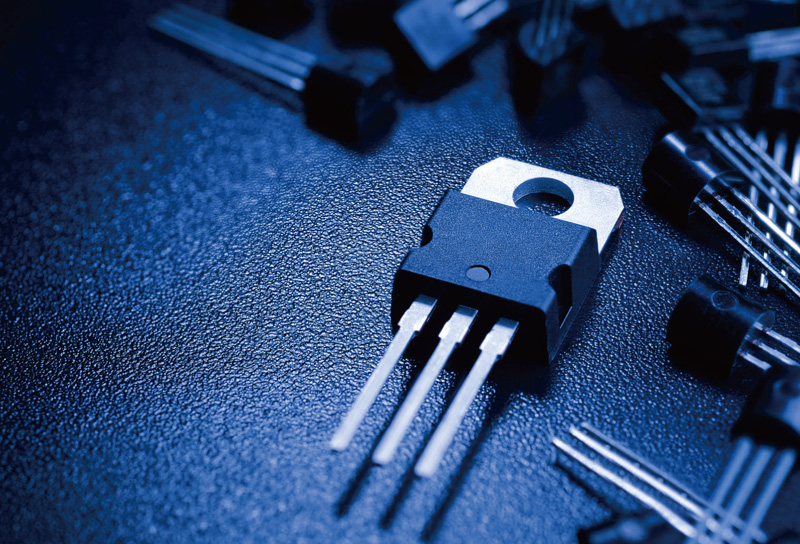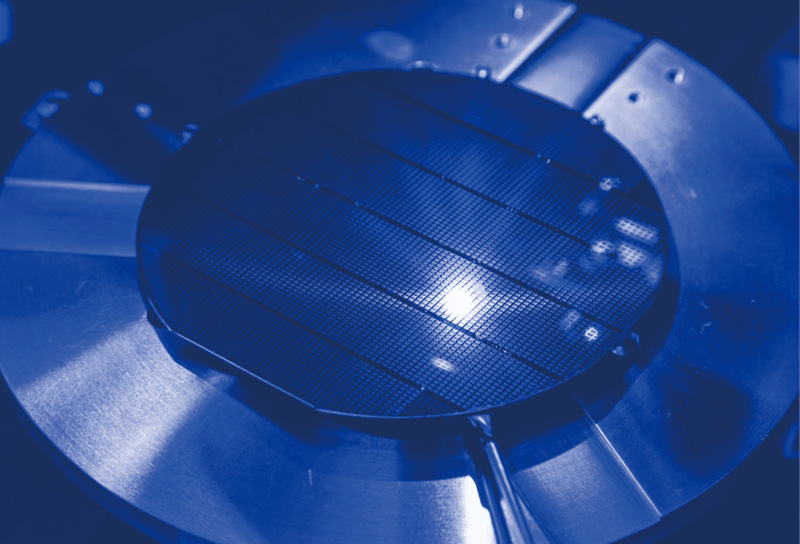

Semiconductor discrete devices test solution
Serving every link of R&D and manufacturing, making your testing more efficient!
solution enquiryPositions:Home > Solutions > Semiconductor discrete devices
Semiconductor discrete devices refer to single components based on semiconductor materials, including diodes, triodes, field effect transistors, thyristors, etc. They have functions like rectification, amplification, switching, detection, voltage stabilization, signal modulation. The performance of the transistor is mainly evaluated by the I-V and C-V characteristic parameters.
The characteristic parameters testing of semiconductor discrete device is to apply voltage or current to the devices under test (DUT), and then test its response to the excitation; usually, the characteristic parameter testing needs several instruments to complete, such as digital meter, voltage source, current source Wait. However, a system consisting of several instruments needs to be programmed, synchronized, connected, measured and analyzed separately, which is complex, time-consuming and takes up too much test bench space. Besides, the use of a single-function test instrument and excitation source also has the disadvantages of complex mutual trigger operations, greater uncertainty and slower bus transmission speed.
Process Design/Material Evaluation/Product Modeling
Reliability Analysis
PCM/TEG test
WAT/KGD/parameters test
Device Functional Test
Determining the Cause of Device Failure
One of the best tools for performing characterization analysis is a source measure unit (SMU). PRECISE SMU with high precision, large dynamic range is developed over years by PRECISE. It’s the first localization SMU which integrates the input, output, and measurement functions of voltage and current. It can be used as an independent constant voltage source or constant current source, voltmeter, ammeter and ohmmeter, and can also be used as a precision electronic load. Its high-performance architecture also allows it to be used as a pulse generator, waveform generator, and automatic current-voltage (I-V) characterization system, supporting four-quadrant operation.

MOSFET is a semiconductor device that uses electric field effect to control its current. The main parameters include input/output curve, threshold voltage (VGSth), leakage current (IGSS, IDSS), breakdown voltage (VDSS), low-frequency mutual conductance (gm ), output resistance (RDS), etc.; DC I-V test is the basis for characterization of MOSFET characteristics. Usually, I-V characteristic analysis or I-V curve is used to determine the basic parameters of the device. Through experiments, engineers can help engineers extract the basic I-V characteristic parameters of MOSFET, and in the whole process Evaluate the quality of the device after the process is complete.

From research and development to production of solar cells, each link has different testing requirements. The analysis of photoelectric characteristics, including voltammetry I-V characteristics, is very important for deducing important parameters related to the performance of solar cells, including maximum current Imax and voltage Vmax,,open-circuit voltage Voc, short-circuit current Isc, filling factor FF and conversion efficiency η, etc.

High power laser is widely used in industry, national defense and other fields. It is one of the essential core components in modern laser material processing, laser remanufacturing, national defense and security fields. With the development of laser technology, the performance of high power laser is also improving, and many new lasers have been published. Semiconductor laser has many advantages, such as small volume, high efficiency, light weight, long life and low cost. It plays an increasingly important role in many aspects of national economy.
But at the same time, the laser power is sharp. Increase will also bring its reliability level to decline, resulting in shorter working life. Therefore, the performance parameters and reliability of high power laser need to be tested in the process of development and production.

Traditional photoelectric conversion technologies generally use light-emitting devices such as LEDs. This kind of light-emitting device mostly adopts edge emission and has a large volume, so it is difficult to combine with semiconductor technology. After VCSEL (vertical cavity surface emitting laser) technology matured, it solved the problem of combining light-emitting devices and semiconductor technology, so it quickly became popular.
PRECISE high-precision digital SMU supports real-time monitoring of power supply pulse current and pulse voltage at both ends of VCSEL, so it’s an optimal solution for VCSEL failure analysis and aging comparison.

As a new generation of semiconductor devices, IGBT has the advantages of easy driving, simple control, high switching frequency, low on-state voltage, large on-state current, and low loss. It is the key core component of automatic control and power conversion, and is widely used in rail transit Equipment industry, power system, industrial frequency conversion, wind power, solar energy, electric vehicles and home appliance industries.